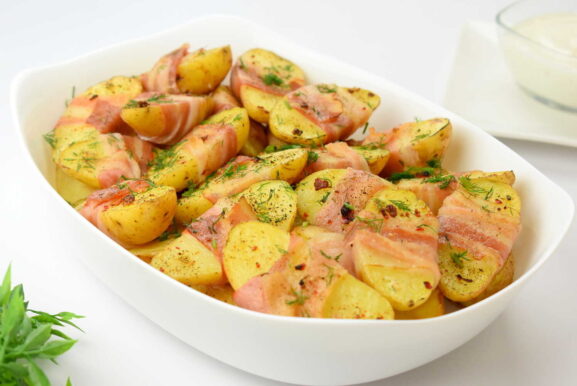Zbójeckie Jadło: Flavors of the Highlander Tradition in Zakopane's Inns
Highland cuisine is one of the most important elements of Podhale culture, and its dishes have not only taste values, but also deep roots in the history of the region. Among them, a special place is occupied by the so-called robbery food – or dishes that were prepared by fearless highland robbers. These tasty dishes combine simplicity, satiety and characteristic flavours that have delighted tourists and residents of Zakopane for generations. What exactly is the robbery food, what dishes belong to it and why is it worth trying? All this in the article below.
What is bandit food?
The robbery food is a dish that, according to old legends, was eaten by robbers – a brave group of people living in the majestic but harsh Tatra mountains. These fearless robbers, known for their audacity, specialized in attacking wealthier travelers and traders who wandered the mountain trails in search of better trading opportunities. Their lives were associated with many dangers, as well as the inalienable challenges that the wild nature posed to them. The robbers, in accordance with Tatra folklore and traditions, developed their own unique culture, which left its mark on the cuisine.
The daily life of the bandits in the mountains was associated with extreme conditions, in which sometimes every minute counted, and every piece of food could decide their survival. Therefore, their food was not only filling, but also extremely nutritious and easy to prepare. Increasingly, dishes such as venison goulash, soups based on forest mushrooms, as well as delicious wheat flour pancakes, which, after frying on the fire, became crispy on the outside and soft and tasty on the inside, could be found on forest fires.
To satisfy their nutritional needs, the bandits used the gifts nature offered them—freshly caught fish from mountain streams, berries gathered from deep forests, and herbs that added flavor to their food. When it was time for dinner, they gathered around the fire, sharing not only food but also stories of their adventures and raids. Their meals were a kind of ritual, during which the bonds between brothers in arms were strengthened—every bite of food reminded them of their common struggle, of their daring escapes from authority, and of their constant struggle for survival.
The presentation of their dishes in the robber style also had a deeper meaning. The robbers not only emphasized their character in this way, but also their steadfastness and determination in the face of adversity. Thus, the robber food became a kind of symbol of their lifestyle: raw, but at the same time full of passion, cunning and survival skills. Thanks to the variety of ingredients, their dishes could vary depending on the season. In the summer, the robbers enjoyed the freshness of vegetables, while in the winter they used the supplies they managed to gather during the warmer months.
The contemporary reintroduction of bandit food into contemporary cuisine is not only a return to the roots, but also a kind of tribute to the heroism of those who lived in harmony with unfettered nature. Many of these dishes now find their place on the menus of Tatra restaurants, and each subsequent bite transports gourmets back in time, to the times when bandits were a legend and their bandit food took on a unique, emotional charge.
Zbojeckie food is primarily meat, potato and cabbage dishes, often seasoned with fresh herbs and cold cuts. The basis of many of these dishes were ingredients that were easy to store and prepare in mountain conditions - smoked meat, cheese, bread, potatoes, cabbage and mushrooms.
Traditional Bandit Dishes
Modern bandit food largely refers to dishes that were prepared by bandits in the old days. In the taverns of Zakopane and other parts of Podhale, you can try different versions of these delicious dishes today. Here are some of them:
1. Robber's sauerkraut
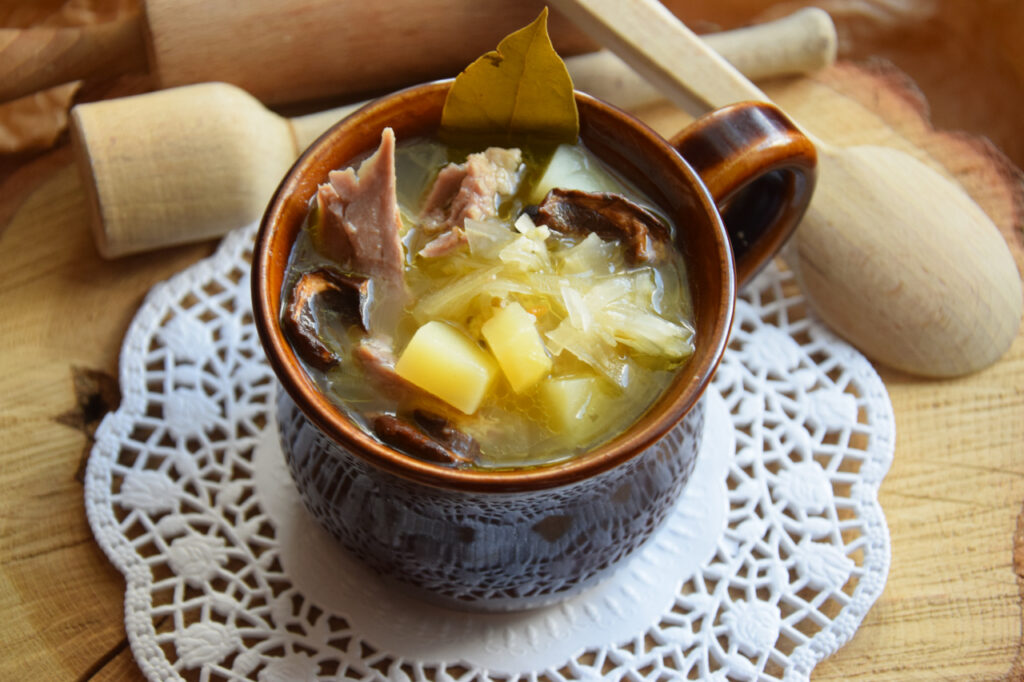
Kwaśnica is one of the most famous and popular dishes of highland cuisine, and in the Zbójecka version it takes on even greater character. It is a soup based on sauerkraut, which is cooked with smoked meat - most often ribs, bacon or sausage. Kwaśnica is full of flavour and energy, and its sour character warms up perfectly on cold days. Zbójecka kwaśnica, in addition to traditional ingredients, is often served with a large amount of potatoes, and also seasoned with garlic and fresh herbs.
2. Robber lamb
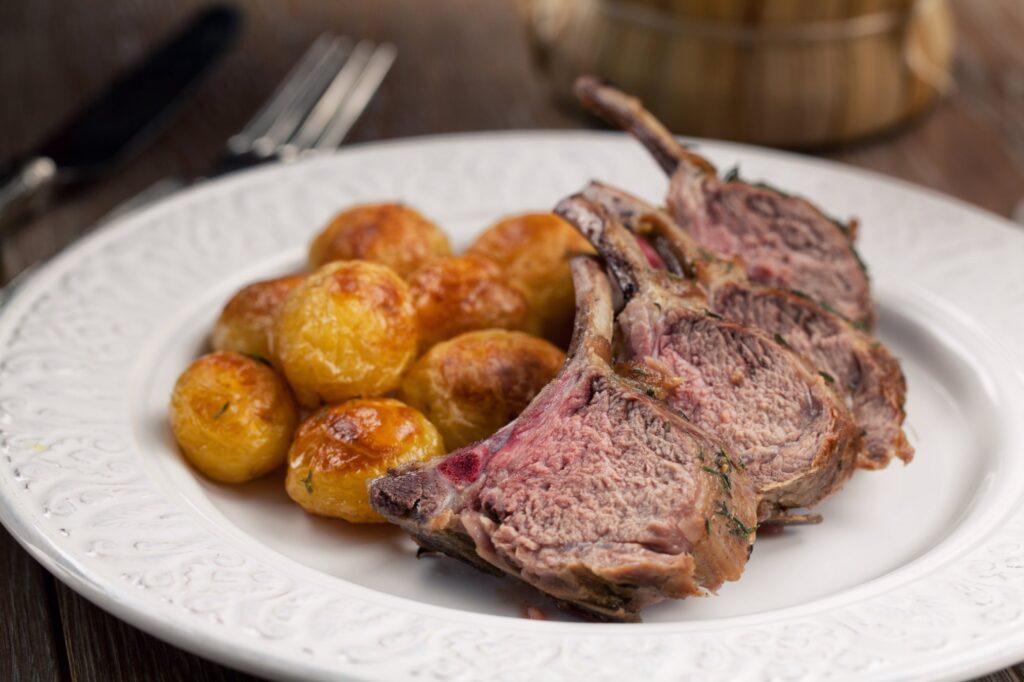
Lamb is a meat that is characteristic of the cuisine of Podhale, especially among shepherds. Zbójecka lamb is prepared in various ways - most often baked or stewed with aromatic herbs, garlic, onion and herbs growing in the Tatras. Zbójecka, hunting animals in the mountains, often prepared lamb in a simple way to bring out its flavor as best as possible. This type of dish is usually served with mashed potatoes or sauerkraut.
3. Fried sausage and cold cuts

Sausages and cold cuts are one of the favorite ingredients of the bandits' food. When preparing their meals on mountain trails, the bandits relied on products that could be easily stored. Cold cuts were then eaten hot or cold. Sausages fried on a fire, combined with pieces of bread, became one of the basic meals, which provided the bandits not only with energy, but also comfort in the harsh mountain conditions.
4. Bandit-style cake
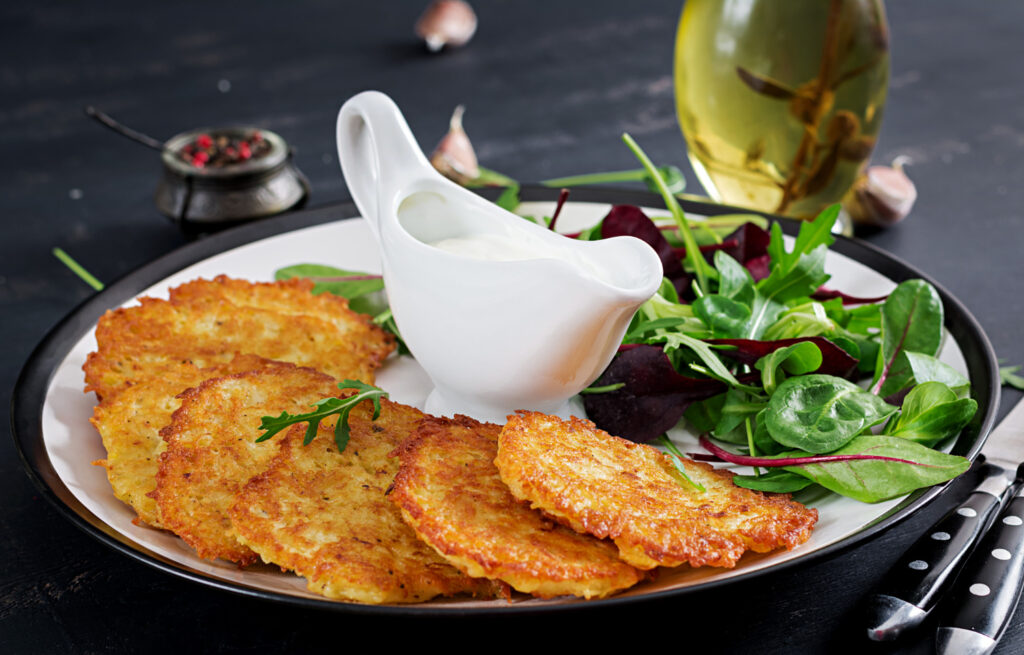
This is a dish that took its name from the highwaymen, but it is not as steep in its roots as other highlander dishes. Placek po zbójnicku is a type of coarsely ground potato pancake that is fried in a pan. The pancakes were often accompanied by smoked sausage, onion, and sometimes cheese – all depending on the highwayman's culinary preferences. Placek po zbójnicku is usually served with sour cream or meat sauce, as well as fresh herbs.
5. Fried mountain fish
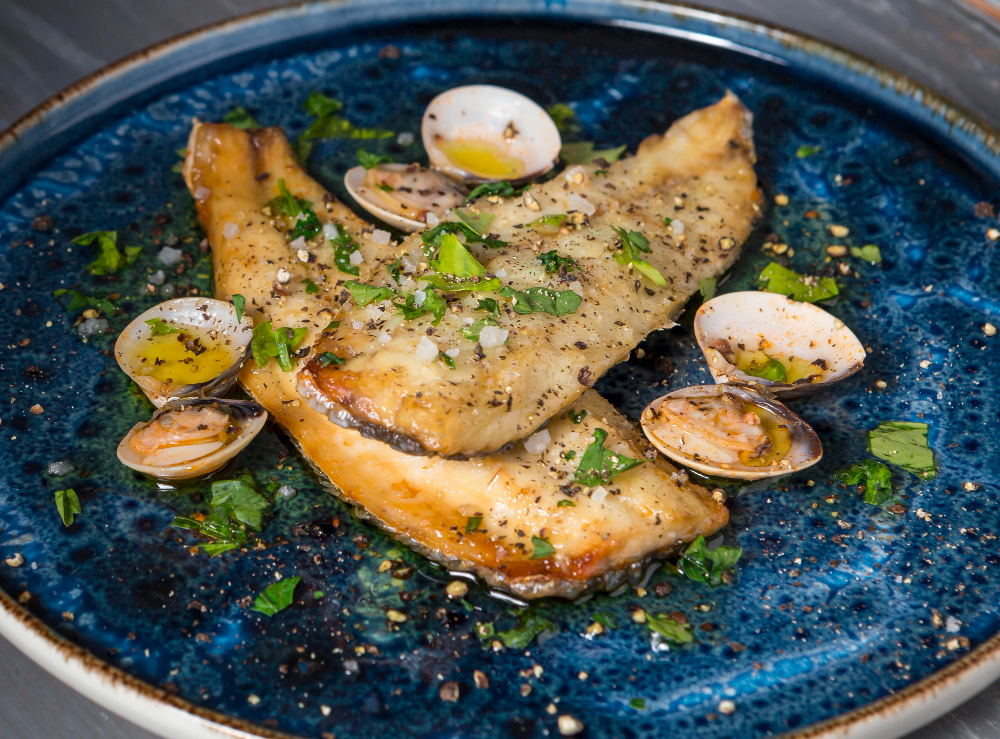
The Podhale Mountains, although famous mainly for herding, also have rich water resources, which the bandits were happy to use. The Dunajec River and other mountain streams abound in fish, such as trout, brown trout and grayling. The bandits, knowing their area, were able to perfectly prepare fish on a fire, baking it or frying it in a pan, with the addition of wild herbs and aromatic spices.
Why is it worth trying bandit food?
Zbójeckie jedło is an incredibly fascinating way to discover the rich flavors of Podhale and the unique highland tradition, which has evolved over the centuries but still attracts the attention of lovers of regional cuisine. These dishes, an expression of local culture, are full of intense, aromatic flavors that are deeply embedded in the history of the highlanders and legendary bandits who once roamed these harsh areas. Just like the ancient inhabitants of these areas, modern versions of the bandit jedło, although adapted to modern tastes and culinary preferences, still capture the atmosphere of the mountain huts and Beskid mountain pastures where the bandits spent their time, feasting and enjoying simple but incredibly tasty dishes.
Zbójeckie food is distinguished not only by its taste, but also by the extraordinary variety of ingredients that draw from local resources. These dishes include lamb, pork, and game, which originated in the old days, when highlanders had to rely on what they hunted or bred themselves. Additionally, zbójeckie food is often enriched with delicious, regional cheeses, such as oscypek, the taste of which is a perfect complement to highland specialties. These products, prepared in a traditional way, give the dishes a unique character and authenticity.
Along with the banner of flavors present in the zbójecki food comes the beauty of the Podhale landscapes. The mountainous terrain, picturesque valleys and clear streams certainly had an influence on the spirit of the local cuisine. The highlanders, living in close contact with nature, passed down culinary secrets from generation to generation, which combined elements of everyday life and holiday feasts. Both prosaic everyday dishes and those prepared for special occasions can be part of the cultural heritage of the region.
Thanks to the growing popularity of regional cuisine, the robbery food is increasingly starting to find its place in modern restaurants and on the tables of lovers of highlander flavors. Chefs draw on tradition, creating innovative versions of well-known dishes that combine traditional recipes and modern culinary techniques. It is these innovations that attract the attention of both tourists who want to experience local flavors and residents who are rediscovering the charms of their regional specialties.
So, undoubtedly, the robbery food is not just a meal - it is a real feast for the senses, which allows you to immerse yourself in the highlander tradition and history. It is a taste that evokes memories of old times, and at the same time connects generations and shapes common experiences in the kitchen. The robbery food awakens an appetite for journeys into the depths of the culture of Podhale, making each dish a story about this incredibly picturesque land and its people.
Each meal of the Boorish food is not only a feast for the palate, but also a journey through time – to the highlander tradition, which, despite the passing of time, is still alive in the cuisine of this region. If you are going to Zakopane, be sure to visit one of the local taverns, where you will find dishes inspired by the Boorish food on the menu – it is a real feast that you should not miss!
Summary
Zbojeckie food is a great way to immerse yourself in the culture of Podhale, full of passion and rough highland life. The dishes that were once eaten by bandits can still be tried in Zakopane restaurants, taverns and cottages. Thanks to its simplicity, satiety and richness of flavours, zbojeckie food is one of the most interesting culinary aspects worth getting to know while in the heart of the Tatras.



